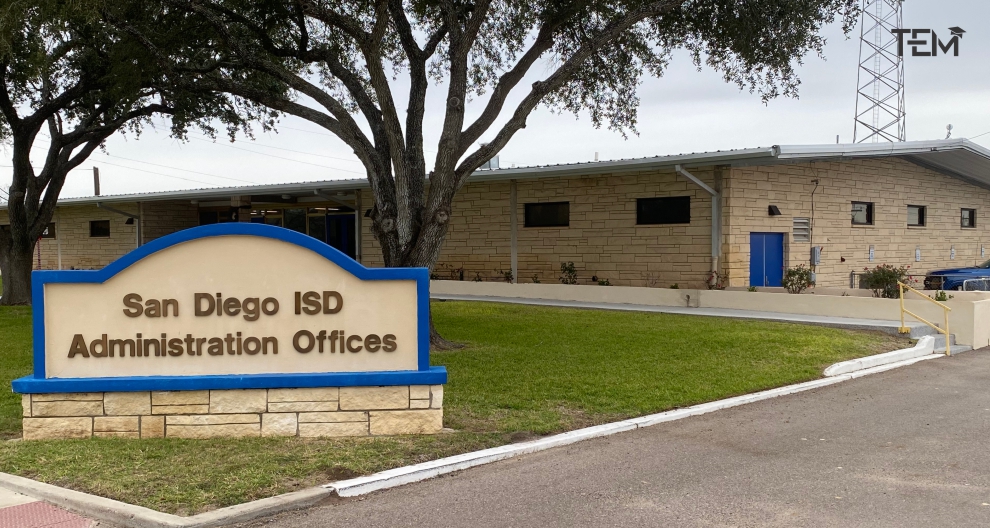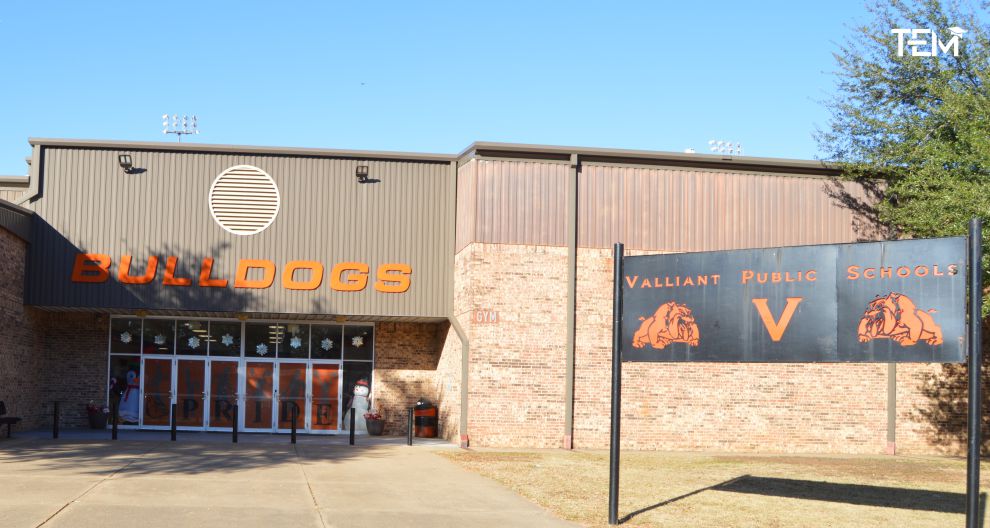A school district, on paper, is a thing of maps and mandates, of budgets and board meetings. It is a geometry of attendance zones, a bureaucratic skeleton serving a community. It has a superintendent, in this case, the highly regarded Dr. Danielle Gately, at the helm since 2024. It has a founding date—1955, a time of post-war optimism cast in brick and mortar. It serves a specific geography: the leafy enclaves of East Williston, and slivers of Roslyn Heights, Albertson, Mineola, and Old Westbury in the heart of New York’s Nassau County.
But to mistake this for the whole story of the East Williston Union Free School District is to look at the blueprint of a cathedral and miss the light streaming through the stained glass. The real story isn’t in the lines on the map, but in the life lived between them. It’s a story about a deliberate choice to remain small in a world that fetishizes scale. With just over 1600 students and a faculty of approximately 185 dedicated teachers, the district has engineered a student-teacher ratio—roughly 8.6 to 1—that feels less like a public institution and more like a private covenant. This is not an accident; it is the core of the design.
How does a public institution, bound by state requirements and public funds, cultivate something as delicate and individual as a child’s curiosity? How does it nurture what its own mission statement calls “the best in each child morally, intellectually, socially, artistically, emotionally and physically”? The answer, it seems, lies in treating a K-12 education not as a conveyor belt, but as a meticulously crafted, three-act play.
Act I: The Foundation – A Happy, Supportive Setting
The journey begins at North Side School, a place that seems engineered to protect the magic of early childhood. Here, for students in kindergarten through fourth grade, the core curriculum—math, science, social studies, language arts—is not a series of disconnected subjects but a holistic tapestry. Themes are woven through the day, guided by the classroom teacher, creating a narrative for learning that extends far beyond the New York State requirements.
You get a sense that the administration here doesn’t just want children to learn, but to love learning. The school hums with more than just academics. There are the sounds of budding violinists, the smell of paint in the art room, the quiet rustle of pages in the library. Every child participates. Special services, from reading support to English as a new language (ENL), are not add-ons but integrated into the fabric of the day, ensuring no thread in the student body is dropped.
The philosophy is palpable: “the growth of learners is more important than judgments of them.” It’s a radical statement in an era of relentless metrics. North Side’s partnership with The Tilles Center for the Performing Arts is a case in point. This isn’t just a field trip. It’s a residency, where teaching artists collaborate with teachers, embedding art into the curriculum before students attend a final, dazzling performance. It is a profound investment in aesthetic appreciation, a belief that a child’s understanding of the world is as much about beauty and expression as it is about facts and figures.
Act II: The Bridge – Forging the S.P.A.R.K.
Then comes the transition, those famously fraught middle school years. East Williston’s answer is the Willets Road School for grades five through seven. It is conceived as an architectural bridge, a structure designed to guide students from the self-contained world of elementary school to the departmentalized independence of high school. The focus here shifts subtly from what to learn, to how to learn.
But the true genius of Willets Road may lie in its emotional scaffolding. The school operates under a single, powerful theme, an acronym that feels both aspirational and deeply practical: S.P.A.R.K.—Success, Pride, Action, Respect, and Kindness. It’s more than a poster in the hallway; it is a shared language for navigating the social and emotional currents of early adolescence. It’s a framework that fosters a culture where students feel safe, valued, and seen—preconditions, the district believes, for academic achievement and personal growth.
And it is here that the district’s promise of a “diverse” program truly explodes into view. The list of co-curricular clubs is a testament to the sheer variety of human potential: Chamber Orchestra, Chess Club, Drama Club, Jazz Band, Mathletes, Science Olympiads, a Newspaper Club for the budding journalists, a Photography Club for the visual storytellers, even Sphero and Lego EV3 Robotics Clubs for the future engineers. In seventh grade, students get their first taste of interscholastic sports. Willets Road is a place designed for discovery, for students to find their tribe, their passion, their own individual spark.
Act III: The Launchpad – The Wheatley Horizon
The final act unfolds on the sprawling fifty-acre campus of The Wheatley School. Home to approximately 705 students in grades eight through twelve, Wheatley is the culmination of the district’s promise. It is an institution unapologetically geared toward preparing a predominantly college-bound student body for the rigors that lie ahead, yet it does so without sacrificing the personal touch that defines the district.
The academic muscle here is formidable. Over twenty college-level Advanced Placement (AP) courses are on offer, spanning from Human Geography and U.S. Government to Calculus, Chemistry, and Computer Science. Dual-enrollment programs allow students to earn college credit at regional universities while still in the familiar embrace of their high school. It is a sandbox for ambition.
The facilities are the physical manifestation of that ambition. A 25,000-volume library, modern science labs, a student art gallery, a professional-grade television production studio, and a 575-seat auditorium speak to the value placed on intellectual and artistic pursuits. The athletic complex—a turf field, a modern track, tennis courts, and dedicated fields for baseball, softball, soccer, and more—is equally impressive. Even here, the district’s character shines through in its pragmatism and spirit of collaboration; the football team is a shared enterprise with the neighboring Herricks district, and the lacrosse team is shared with Carle Place. It is a lesson in community that extends beyond its own borders.
The co-curricular life at Wheatley is a microcosm of a vibrant civil society. The school newspaper, the yearbook, the poetry and art magazine—these are student-run operations. The mock trial team argues cases, the Brainstormers team competes on intellect, and the Drama Club produces two full-scale productions a year. There are chapters of the National Honor Society and World Language Honor Societies in French, Spanish, and Italian. It is a place humming with activity, a school that trusts its students with responsibility and empowers them to lead.
The Human Equation
To walk through the three schools of the East Williston Union Free School District is to witness a living philosophy. It’s a belief that a child’s education should be a bespoke suit, not a uniform. The district’s mission to nurture the “whole child” and encourage “respect for individual human worth and acceptance of difference” is not just a plaque on a wall. It is written into the very structure of the place: in the small classes, the S.P.A.R.K. initiative, the partnership with the Tilles Center, the dizzying array of clubs, and the trust placed in its students.
In an age where efficiency often means consolidation and automation, East Williston has made a different bet. It has bet on the human scale. It has invested in teachers, in support services, and in a rich variety of programs, creating a humane and supportive ecosystem where, as the mission statement so beautifully puts it, “each child may emerge more able to lead a happy, productive adult life.” It is an old-fashioned idea, perhaps, but in the intricate, personalized, and deeply human architecture of the East Williston schools, it feels like the very foundation of the future.
Also Read: The 10 Most Admired School Districts


